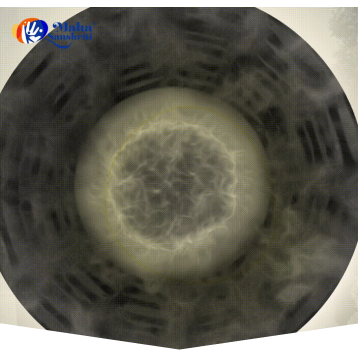
Shailputri is the pure form of Goddess Parvati and the first Devi to be worshipped during Navaratri. In every woman lives a goddess, Navdurga. We at MahaSanskriti are taking this opportunity to remember them and pay salute to them on the occasion of Navratri. From a yogi’s perspective, the first day of Navratri is essential for spiritual development. The search for the soul, the search for oneself within oneself, as Shailaputri did. Saguna, I met her in her small village (Lamani Tanda) in the Parbhani district of Maharashtra. She was so pure and humble. She was one of the best singers in her tanda. She also sang various beautiful Lamani songs. Today, on the first day of Navratri, I remember her and her insights. “She says that every day is new for me because my songs bring me closer to myself.” Just like how praying to Shailaputri brings us closer to our consciousness, Saguna does that with her songs.








